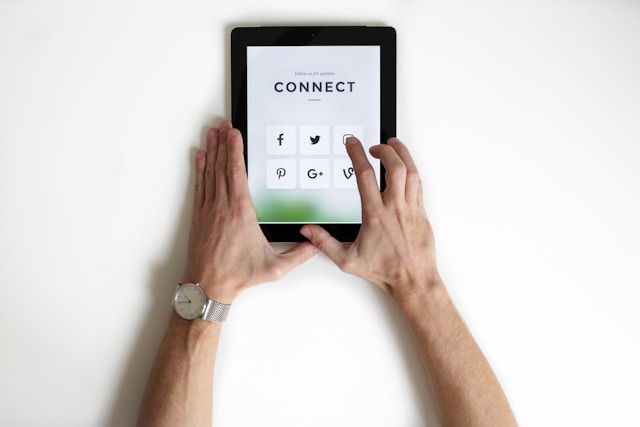Print layout and virtual design are two distinct yet interconnected forms of graphic layout that require distinctive methods and issues. Adapting photographs for specific mediums involves understanding the strengths, obstacles, and necessities of every medium. Let’s discover the key concerns for print and digital design:
Print Design
– Color Space
Print design uses the CMYK shade model, which stands for Cyan, Magenta, Yellow, and Key (Black). Colors seem otherwise while published in comparison to virtual screens, so designers must don’t forget shade accuracy and consistency throughout the printing procedure.
– Resolution
Print design calls for excessive-resolution photographs to make sure sharp and distinct prints. Typically, print materials want pics with resolutions of three hundred dots per inch (dpi) or higher.

– Typography
Typeface selection and legibility are important in print layout. Designers must don’t forget font sizes, line spacing, and readability, mainly while developing small printed materials like business cards or brochures.
– Bleed and Margins
Print substances regularly require a bleed, which extends images beyond the trim side to take away any white space when trimmed. Adequate margins are also critical to save you vital elements from being too near the edges.
– Paper Stock and Finishes
Designers should pick suitable paper inventory and finishes, thinking about factors along with weight, texture, and coatings (gloss, matte, and many others.), to attain the favored visible and tactile results.
Digital Design
– Color Space
Digital design makes use of the RGB coloration version, which stands for Red, Green, and Blue. Colors on digital monitors are created by way of combining those three number one hues. Designers need to take into account color calibration across devices to make certain regular visuals.

– Resolution and Responsive Design
Digital layout requires diverse resolutions depending at the platform or device being used. Responsive layout ensures that photographs are tailored seamlessly for distinct display sizes and orientations.
– Interaction and Animation
Digital design permits for interactive factors, animations, and person interfaces that have interaction customers. Designers must consider user experience (UX) standards, usability, and capability at some point of the layout method, visit majesticslotsclub.net/fr.
– Typography
While legibility is still crucial in digital layout, the ability of display-based totally typography allows for dynamic layouts, scalable fonts, and greater innovative typographic elements.
– File Formats
Digital designs are typically stored in formats suitable for web or display screen display, such as JPEG, PNG, or GIF. Designers ought to optimize files for sizes and formats that balance best and loading instances.
Conclusion
Designers want to understand the context and motive in their designs to tailor their approach to the unique medium. Adapting graphics for print and virtual mediums calls for an intensive know-how of technical requirements, visible presentation, and user experience to make sure the high-quality possible outcome in every medium.


